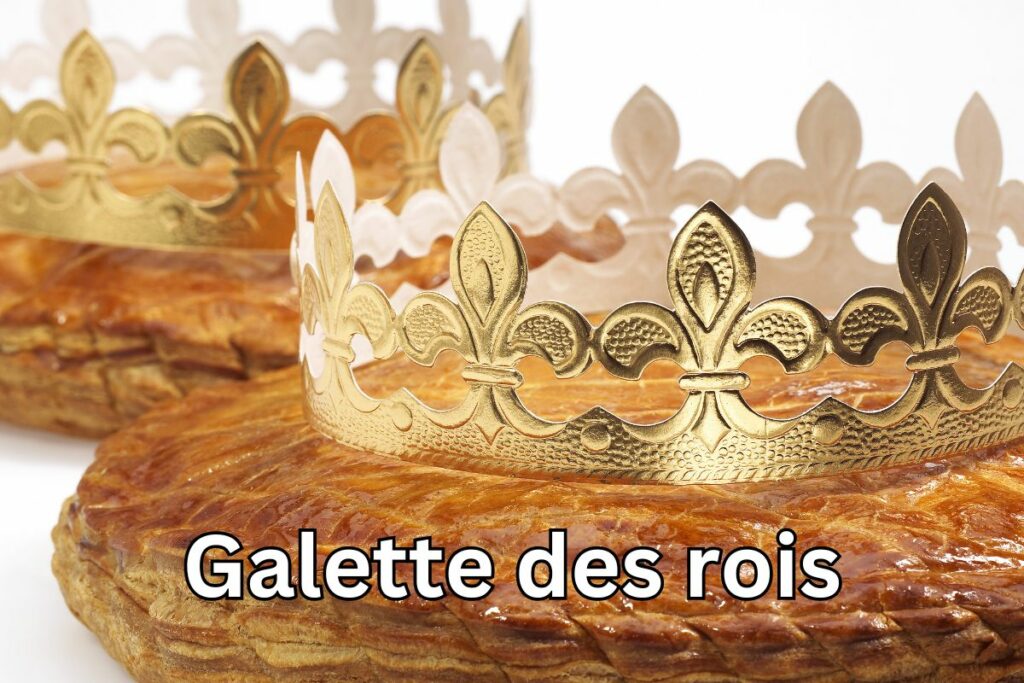5 Hidden French Traditions That Will Completely Change How You See France
Planning a trip to France? Beyond the iconic landmarks and famous cuisine, there’s a world of fascinating traditions that most travelers never get to see. Forget the clichés, France is full of quirky, surprising, and delightful customs that reveal the true soul of the country.
Ever wondered why a tiny bean in a pastry could crown you king for a day? Or how entire towns come alive with music, fire, and celebration? Such hidden gems are what make France truly enchanting.
Here are 5 lesser-known traditions you have to know about when traveling to France!
1. Le Défi du Champagne Sabering

Imagine slicing the top off a champagne bottle with a sword! Welcome to Le Défi du Champagne Sabering. This tradition dates back to the days of Napoleon’s cavalry, who would celebrate victories (or drown their sorrows) by lopping the tops off champagne bottles with their sabers.
Today, the practice has become a favorite at French celebrations, weddings, and high-end parties. Whether you’re in a grand château or a cozy countryside gathering, seeing someone expertly saber a bottle is a moment of pure excitement.
There’s something thrilling about the pop of the cork flying off, a shower of bubbles, and the oohs and aahs from onlookers.
2. The All-Night Celebration of Fête de la Musique

On June 21st, the streets of France transform into a living soundtrack during the Fête de la Musique. This nationwide music festival, also known as Music Day, turns every corner, park, and plaza into a stage. Whether you love jazz, rock, classical, or something completely offbeat, there’s a tune for everyone.
It all started in 1982 when the French Ministry of Culture had a bold idea: let’s have everyone, from amateur musicians to seasoned professionals, fill the air with music.
Today, it’s a global phenomenon, but nowhere does it quite like France. You can stroll through Paris with melodies spilling out of cafés and small concerts in parks, or you wander through a small town where the local choir belts out classics.
What makes this night truly special is the spirit of community. Strangers sing together, impromptu bands form, and the joy of music unites everyone in a celebration that lasts well into the night.
3. The Little-Known History of the Galette des Rois Bean

Every January, French bakeries fill with Galette des Rois, a flaky, buttery pastry that hides a secret surprise: a tiny porcelain or plastic bean called la fève.
The tradition dates back to Roman times, when a king was chosen by finding a bean in a cake. In modern France, this delicious custom marks the Epiphany, and it’s a game the whole family enjoys.
Here’s how it works: the youngest person hides under the table, calling out names as each slice is served. The lucky one who finds the fève is crowned king or queen for the day, complete with a golden paper crown.
4. The Tradition of Le Poisson d’Avril

France has a special version of “April Fools” day on April 1st: it has the infamous Poisson d’Avril (April Fish) pranks. Instead of the usual April Fool’s tricks, the French have a playful twist: they stick paper fish on the backs of unsuspecting friends and family.
The tradition comes from ancient Greek customs, where April 1st was dedicated to the God of laughter and celebrated with various funny pranks and jokes.
Another part of the tradition is less known: sending Poisson d’Avril cards. These vintage-style cards, often adorned with cheerful, colorful fish and witty messages, were once a popular way to share a laugh.
While the custom has faded over time, you can still find these whimsical cards in certain shops or at flea markets.
5. The Grand Ritual of Beaujolais Nouveau Release Day

Every third Thursday of November, everyone in France eagerly anticipates Beaujolais Nouveau Day. It’s a nationwide celebration marking the arrival of the year’s first wine.
By law, bottles of Beaujolais Nouveau, a light and fruity red wine, can only be opened at midnight, kicking off festivities that spread across the country. Wine lovers gather in bars, restaurants, and homes to taste the new vintage, often accompanied by food, music, and lively conversation.
The tradition started in the 1950s as a marketing event but quickly grew into a beloved annual ritual. Today, it’s celebrated with parades, festivals, and even races to deliver the first bottles.
